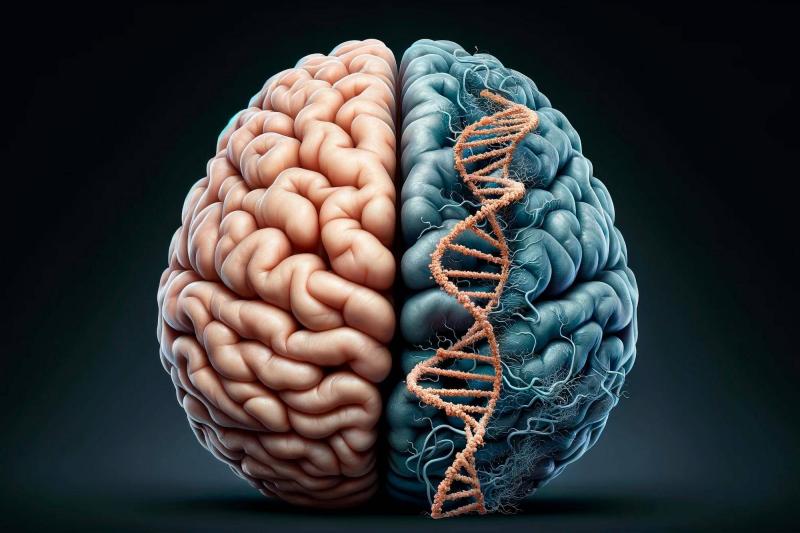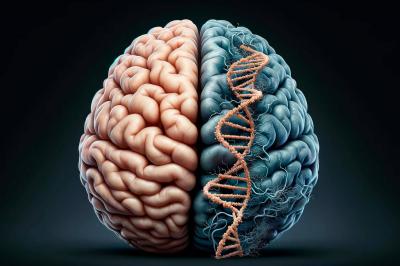Alzheimer's disease is associated with the accumulation of protein aggregates and tangles in brain cells. However, different types of accumulations have also been linked to neurodegenerative conditions for over a century and may relate to the development of the disease. In this context, a study conducted by researchers at Stanford University School of Medicine reviewed the extensive observations of large fat deposits made by Alois Alzheimer (the discoverer of the first case of "pre-senile dementia," later named "Alzheimer's"). Over the years, these fat deposits have not received the same level of attention as other biological changes associated with Alzheimer's disease, such as amyloid beta plaques and tau proteins in the brains of affected individuals.
The researchers explained that differences in a genetic gene producing a protein that transports fats are a risk factor for Alzheimer's. They revealed that different forms of the protein, called apolipoprotein E (APOE), have varying efficiencies in transporting fats in and out of cells. The research team closely examined different types of APOE in lab-grown cells and tissue samples from individuals who died from Alzheimer's disease.
They observed that the APOE4 gene is associated with higher levels of a particular enzyme that helps fats move more easily. In another experiment, when amyloid was added to tissue samples from individuals with the genetic variants APOE3 or APOE4, more fats accumulated in non-neuronal brain cells called glial cells. The researchers believe this may be what occurs in Alzheimer's disease, where toxic substances accumulate in supporting glial cells. Further careful studies will be needed to determine exactly what is happening.




